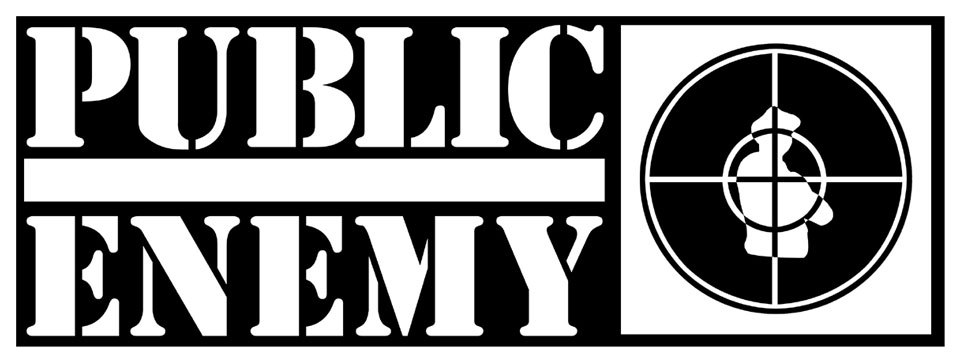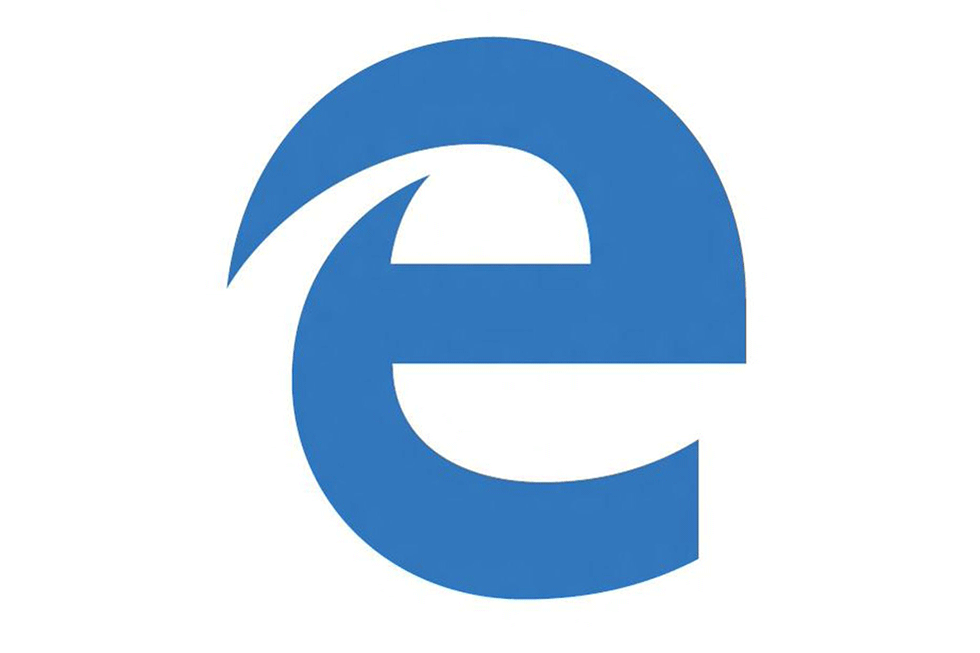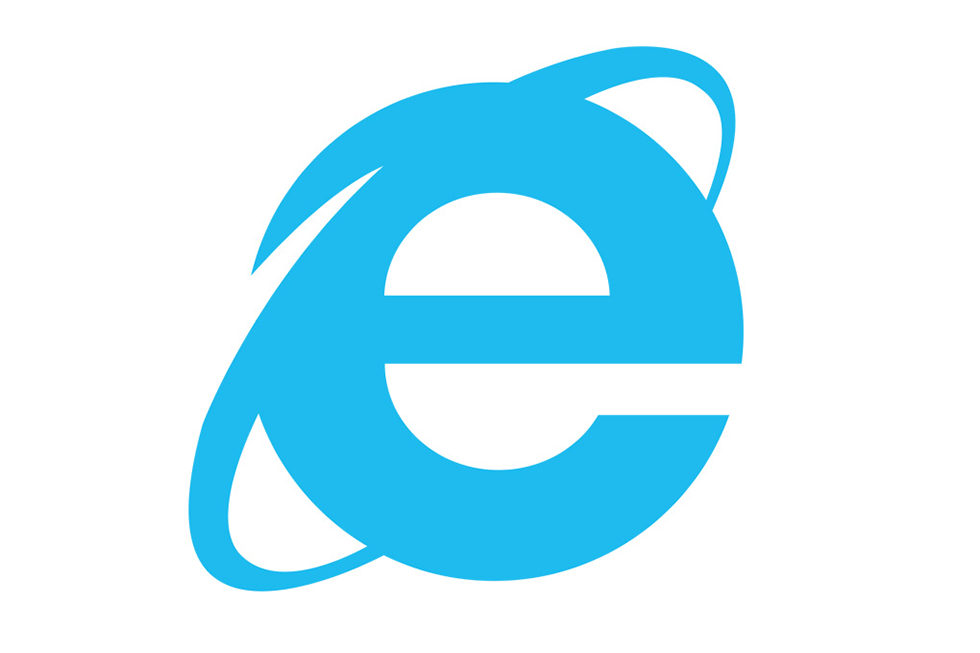Eli Schiff is a design critic that popped up on my radar around a year ago.
His latest target (back on May 18th) is Instagram’s new logo and he dismantles it in a three-part series.
This is from Part 1:
The team considered 300 icons in all–that’s one hundred more than Uber did in their meandering logo design process. According to Ian Spalter, Instagram’s Head of Design, the rejected icon drafts shown in Instagram’s launch materials were only a “small sample.” One wonders, why were hundreds of options even necessary?
I like Schiff. I don’t always agree with him, but I respect the time he takes to construct his analyses and critiques (trust me, they take time). If you’re lazy and you just don’t give a shit, you just post a flippant comment on another person’s website or you tweet about how bad a logo sucks. On the other hand, if you’re a curious, thorough professional, you sit with your thoughts and write a meaningful piece on your subject matter.
Here’s bit more:
Ellison continued discussing the critical response,
reminder: a lot of people don’t care about making things better. They care about showing how clever they are. Approaching things meaningfully and critically is about genuinely wanting things to be better.
Here, Ellison is unintentionally on to something. Instagram’s appeal to cleverness in over the top video introduction was indeed used as misdirection with regard to the icon. Instead of the nine-month process being seen as evidence of the designers’ disorganization and lack of agency, it was transmuted into a virtuous example of prolific creativity.
The dirty little secret us designers don’t like to admit to non-designers is what ends up getting printed or posted online is many times based on the whims of someone much higher up than us in our company or our client’s. It’s not based on design thinking or logic or design process. Some VP or CEO said the wordmark has to be ALL CAPS and bright red, so the designers make ALL CAPS and bright red.
This is why I always tell junior designers to always keep the good stuff for their portfolio—whether or not it made the cut. It’s important for designers to showcase the work they’re proud, the stuff that was integrated and not only looked great, but had great ideas behind it, before some asshole derailed the project.
When you read a company blog post about their new logo and it sounds like bullshit, this usually means the logo was designed by a committee and the solution they arrived at was arbitrary so the team had to actually work backwards to construct a phony story on the “process” behind the logo.
I’m not saying this to shame any designers, this is just reality. It’s a hard pill I’ve had to swallow on occasion in my own career.







